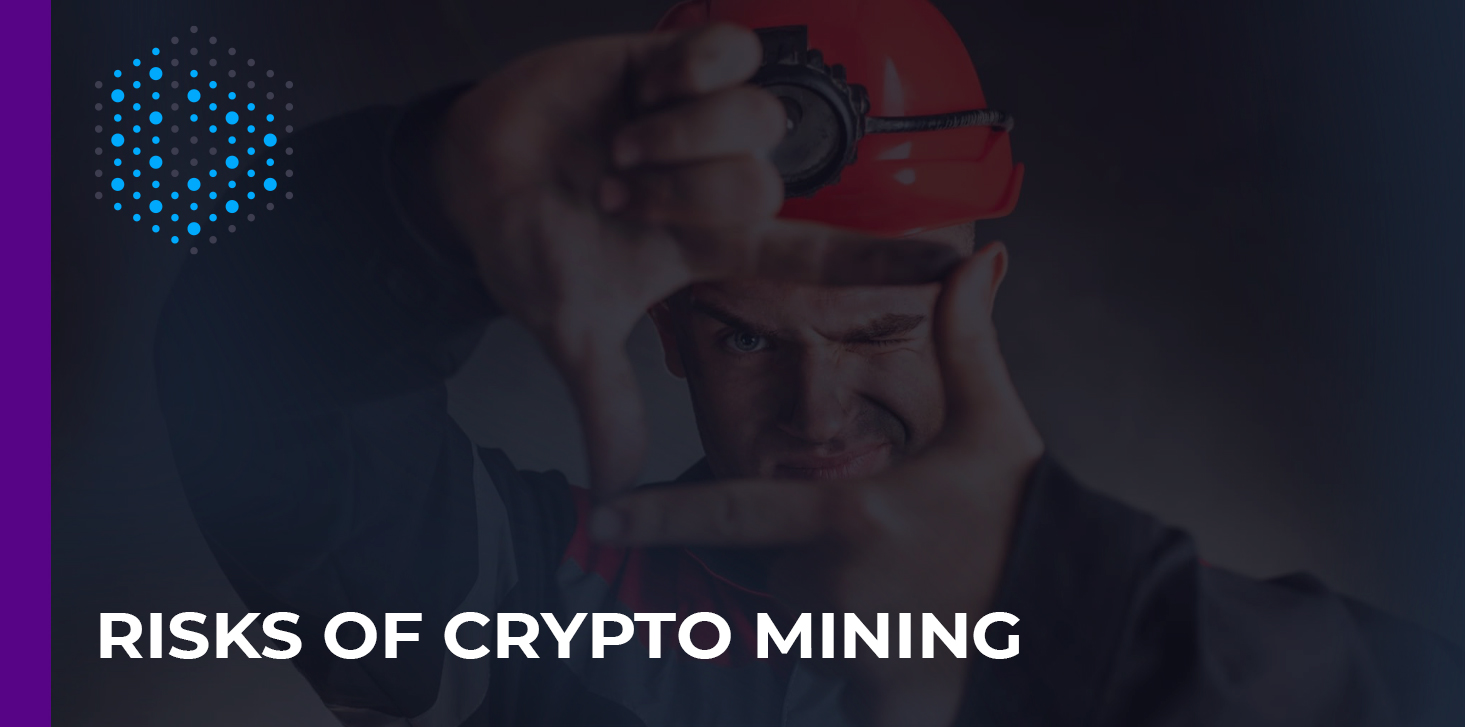Is it possible to make mining easier and faster?
Cryptocurrency mining is an industry that attracts a lot of attention from people who want to earn a little money. However, this action may pose certain risks if the necessary precautions are not taken.
Risks of Cryptocurrency mining
While many people view Bitcoin mining as a earning opportunity, it is an industry that requires a cautious approach. There is no reason to compromise the security of your mining activity as it increases in size, but many people seem to struggle with this aspect. In addition, attackers may try to hijack Internet-connected devices to mine cryptocurrency, and this situation should be avoided at all costs.
Although such incidents are relatively rare, the concept of “pooled mining” is also not without risk. There are huge physical infrastructure requirements, data transfer risk, and security concerns to worry about in its current form. The security of the Bitcoin network requires a strong connection between miners and mining pools – a process that occurs through authentication.
This aspect of authentication can pose a security risk, as “attacker-inside” attacks can and will occur if operators do not protect themselves. In the event of an attack, an attacker can steal money by redirecting the hashing power to another pool. Using a public key signature is inefficient. This is one of the updates that will integrate StratumV2, a new protocol for pooled mining, as it uses authenticated encryption schemes to create a more secure environment for everyone.
Why StratumV2 is important
In addition to the authentication improvements, StratumV2 will provide miners with several incentives to adopt this new protocol. First of all, the change in bandwidth efficiency makes Bitcoin mining more feasible, even if the internet connection is not the most stable or fastest. For individual miners and pool miners, this can make a huge difference to efficiency and sending blocks to the network. Reducing the variance in hash rate will improve overall rewards for pools relying on score-based mechanics.
Second, mining pools can distribute future block patterns to miners to prevent the mining of empty blocks. The latest change is that StratumV2 will significantly reduce the amount of data being transferred. All these updates make Stratum-based mining more accessible and universal for all participants, bringing benefits to the cryptocurrency industry.
It is also worth noting that when using StratumV1, an ISP can secretly steal 1% of the hash power for their needs. No one can say whether or when this happens, but it should always be remembered. Improving StratumV2 encryption helps to fix this problem.
Speaking of integration, the Metaverse project has confirmed that it will soon introduce support for StratumV2. As a decentralized and compatible open source platform for programmable digital assets, the integration of StratumV2 will prove very useful. It is very important that projects set the tone and encourage the industry as a whole to set an example. After this implementation, it will become apparent how these StratumV2 changes affect the crypto mining scene and their long-term impact.
The cryptocurrency industry still has plenty of room for wider adoption. The improvement in some aspects of the mining field, especially in terms of throughput, efficiency, and security, confirms the growing interest in the industry. Since other currencies besides Bitcoin also support Proof of work (PoW), many individual projects will benefit from the changes made by StratumV2. Even people with little or no technical knowledge will benefit directly from the increased productivity and efficiency, especially in rural areas with unstable internet connections.
